Conservationists face off with Camden at 247 Tottenham Court Road in a battle to preserve Victorian terraces and views from Bedford Square. But planners are happy to ignore protest and approve the application.
One of Bloomsbury’s least known streets has become the site of a face-off between the usual suspects: the community and conservationists on one side, with Camden’s planners and a development company on the other.

While community associations including the BCAAC, Charlotte Street Association (CSA), Fitzrovia Neighbourhood Association (FNA), and the Bloomsbury Association (BA) are striving to protect two Victorian terraces on the adjacent street and historic views, planners and the developer are attempting to demolish the Victorian terraces and permit a large uplift in floorspace which will be visible from Bedford Square.
And unsurprisingly, it has again fallen to the community to notify both the Georgian Group and the Victorian Society about these changes, with developer and planner happy to keep them under the radar.
Morwell Street, the site of the confrontation, lies directly to the west of the world-renowned Bedford Square, London’s only fully preserved Georgian square. Its status is reflected in the fact that every terrace facing the square is Grade I listed.
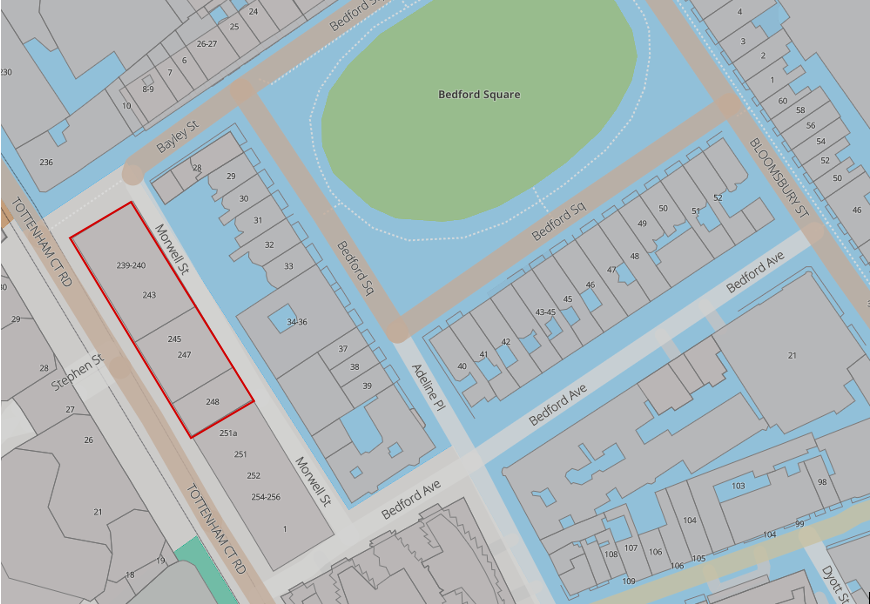
While one would assume that Camden might show some reverence to perhaps the single most architecturally significant place in the whole borough, it was only a matter of years ago that the BCAAC faced off with Camden and the British Museum over an extension which would have truly ‘wrecked’ views from Bedford Square eastwards. Luckily in that battle, the BCAAC were victorious and the BM were forced to return with a scheme invisible from Bedford Square.

The site of the current development comprises a block facing onto Tottenham Court Road, along with a number of varied buildings facing onto Morwell Street, two of which are Victorian, but all of which are planned to be demolished.
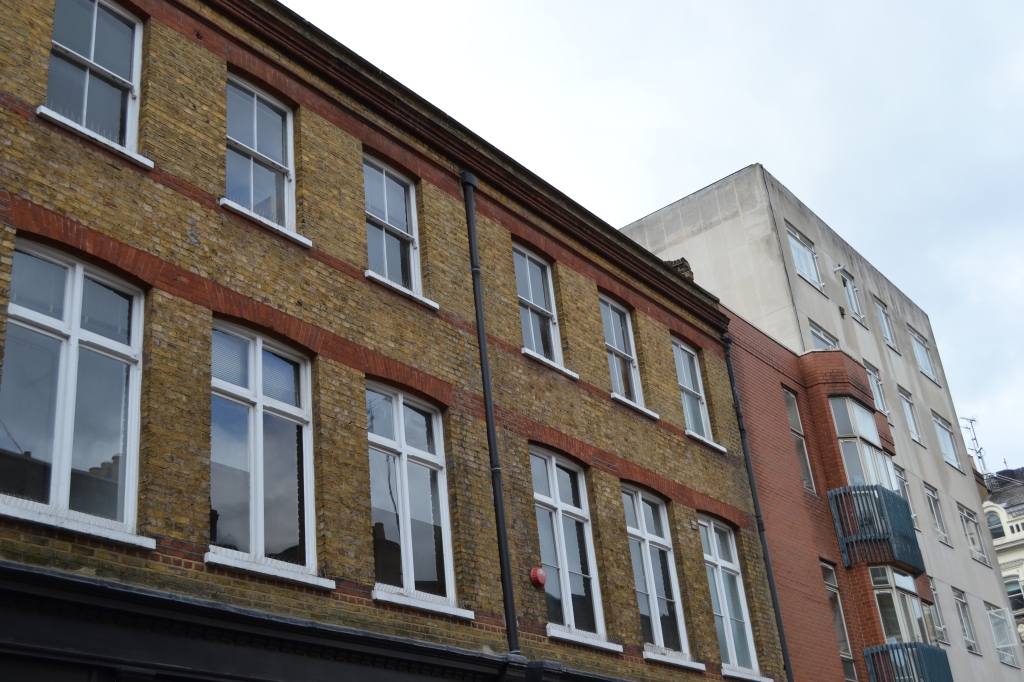
In what can only be described as an ‘accident’, over successive boundary reviews Camden have omitted to include the two Victorian terraces within the Bloomsbury Conservation Area. They are accordingly without a shred of protection, making them easy targets for demolition and redevelopment. And targets they have become.
While the initial designation of the Bloomsbury CA in 1968 saw only its well preserved Georgian areas included, over successive reviews Bloomsbury’s Victorian, Edwardian, and even Twentieth Century buildings have been included, so that now the Bloomsbury CA is both Camden’s largest Central London CA and by far its most ‘diverse’ and ‘inclusive’ in terms of building style and age.
Accordingly, the threshold for admission into the Bloomsbury CA is now very low. Medway Court, a very uninspired flat block on Judd Street is not only included in the Bloomsbury CA, but is even listed as a positive contributor, putting it on a par with many of Bloomsbury’s Victorian buildings.
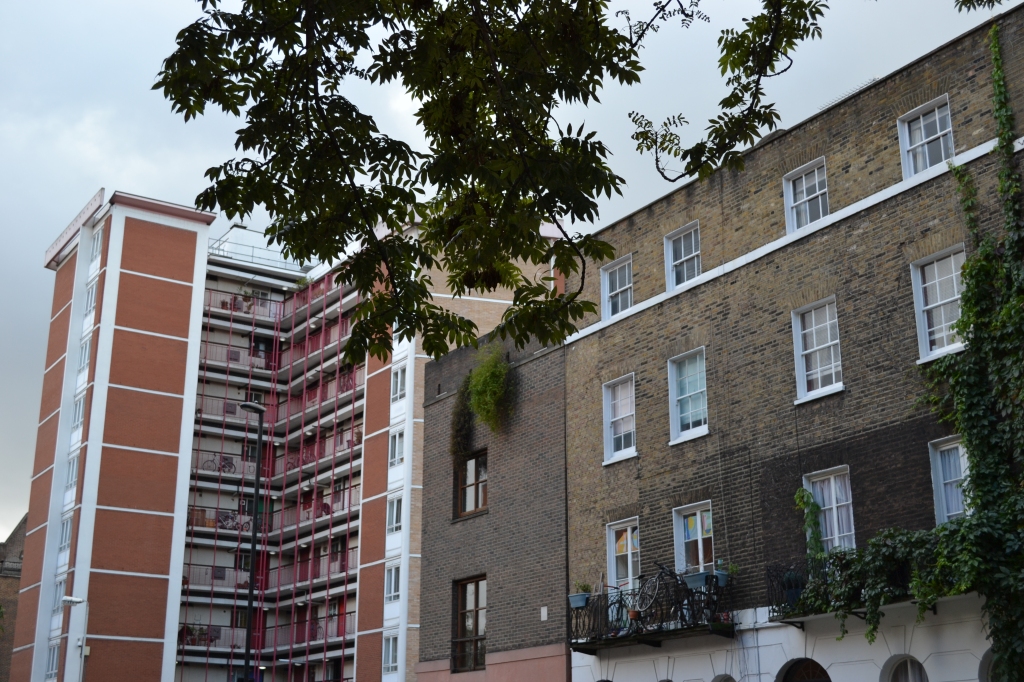
As such, it came as a surprise when requests for Camden to include 2-3 Morwell Street within the Bloomsbury CA were met with a flat ‘No’.
Initial enquiries led by myself and Cllr Sue Vincent were rebuffed by Principal Planner Alan Wito, who simply stated that it would not be possible to include any new buildings within the Bloomsbury CA without conducting a thorough review of the entirety of the Bloomsbury Conservation Area and its boundaries, something which would take up to a year and for which there is a year’s waiting list.
But a former Islington planning officer working in conservation called the response ‘ludicrously bureaucratic,’ saying: ‘it is a perfectly easy and straightforward procedure to amend an existing boundary’.
Presented with this evidence, Cllr Sue Vincent and Planning Chief Cllr Danny Beales requested that Camden’s planners do a full investigation into whether 2-3 Morwell Street should be added to the Bloomsbury CA. But despite the investigations commencing, the developers simply put in their application regardless of any possible outcome. Inclusion of the terraces within the Bloomsbury CA would render their heritage statement largely inaccurate and would force greater scrutiny into the public benefits of their scheme while increasing risk of refusal significantly, but the developer seemed entirely unconcerned by this.
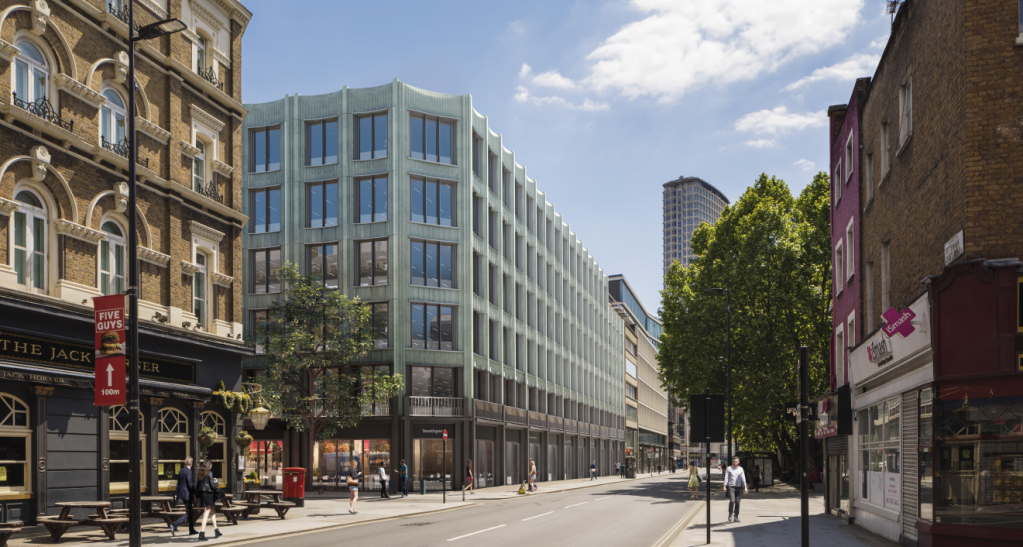
Meanwhile the BA, BCAAC, FNA, and CSA were forced to put in their objections to the scheme as it stood, raising numerous points of concern. The BCAAC were particularly aggrieved by the impact that would be had upon Bedford Square, in many ways the jewel in the crown of Bloomsbury. The development, along with its rooftop plant, would be visible from Bedford Square, and visible from the Grade I listed terraces on its western side.
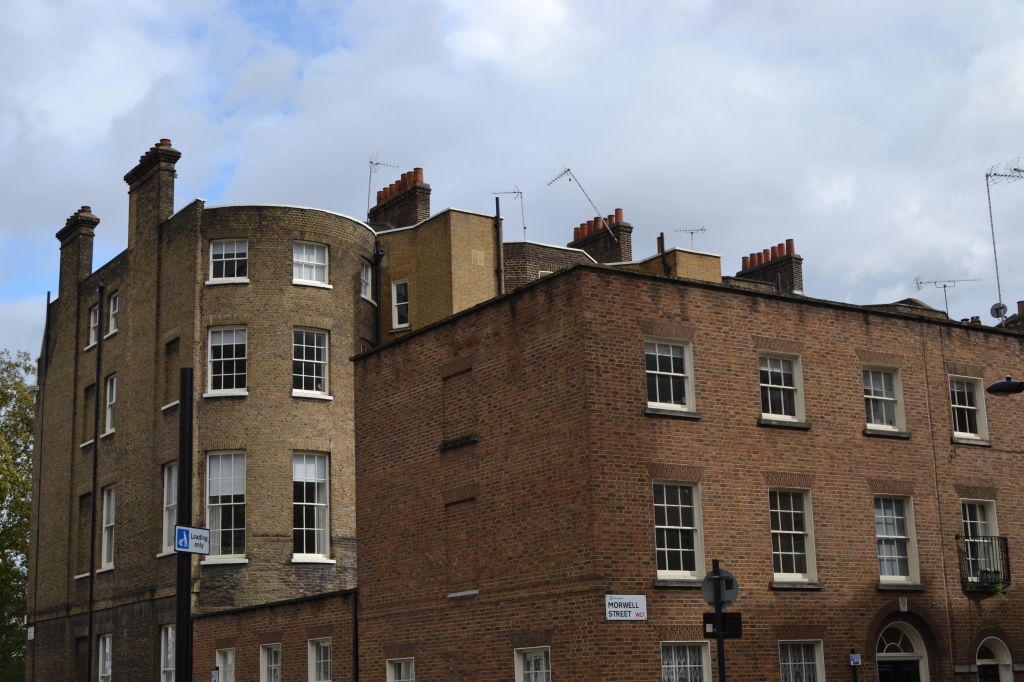
Concerns were also raised that Morwell Street is currently home to a variety of different architectural styles but of a consistent plot-width, something characteristic of Central London as a whole. Demolition of the entire of the block to be replaced with a bland ‘monolith’ would do harm to Central London’s varied character, and negatively impact upon the remaining mews-style buildings on the eastern side.

Comments were also made upon the ‘missed opportunity’ that the redevelopment of this site afforded, with the design being called ‘bland‘ and ‘with a defined bottom, middle, but no top’ by the BA. While the development certainly improves upon the existing TCR frontage in terms of appearance, the prominent location facing onto Tottenham Court Road should see architecture both more impressive and more inspired. The materials used for the facade are also uncharacteristic of Tottenham Court Road and Bloomsbury a a whole.
That being said, at least the design obeys the basic principles of symmetry and proportion, and avoids excessive glazing. The Bloomsbury Conservation Area has seen worse.
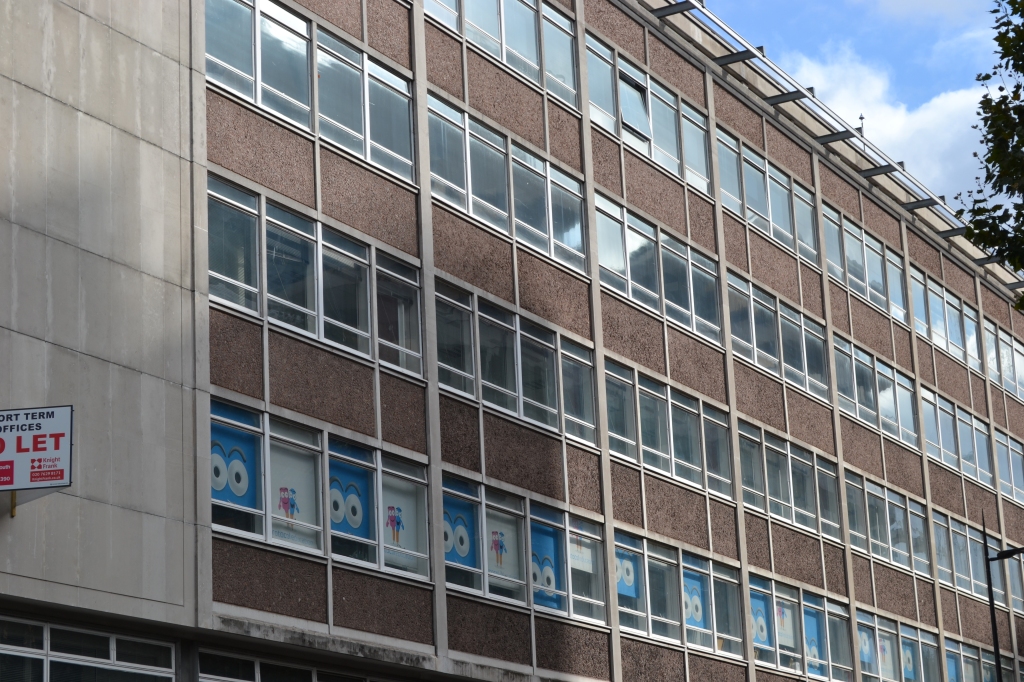
Linus Rees from the Fitzrovia Neighbourhood Association, also a journalist for Fitzrovia News, supplied some old photographs of 2-3 Morwell Street revealing some original shopfronts, something which would make the buildings of especial interest, as very few buildings of this type remain with anything near to ‘original’ shopfronts in Central London.
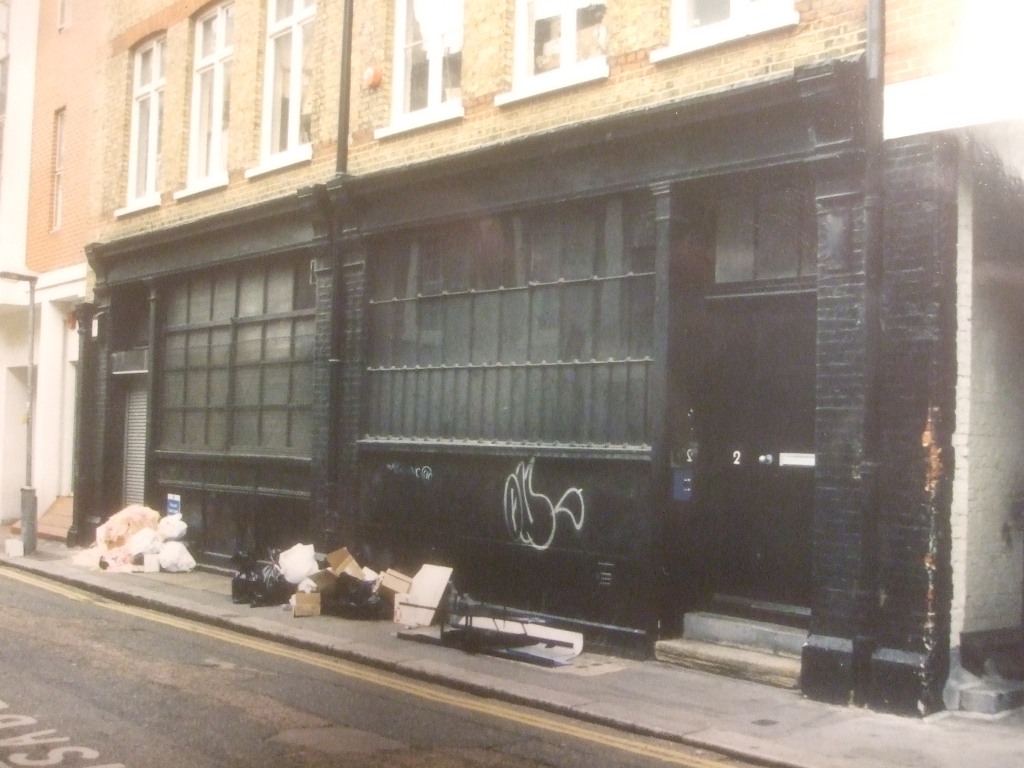

Accordingly conservation officers visited the site in late September to investigate whether the shopfronts remained at all intact. The developers were asked to remove the boards which had been attached for their protection.
But their investigations revealed that much of the shopfronts had been destroyed and butchered.
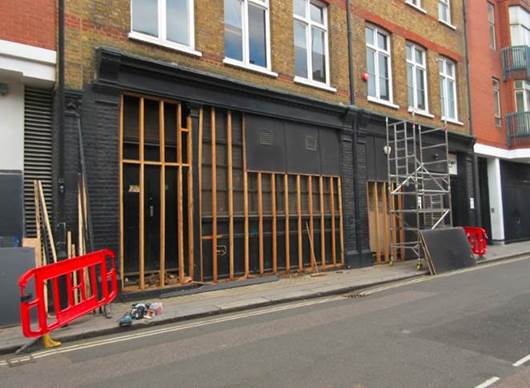
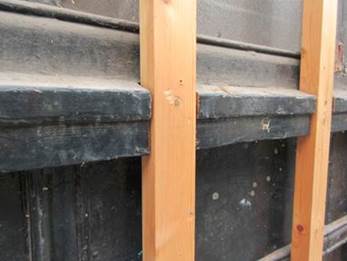
But despite the loss of the shopfronts, 2-3 Morwell Street still easily exceeds the threshold for inclusion into the Bloomsbury CA. Our application for their inclusion cited about 20 different examples of architecturally similar buildings throughout the Bloomsbury CA, almost none of which had any kind of original shopfront intact whatsoever. It therefore could not be argued that inclusion would not enhance the Bloomsbury CA’s special character.
In simple terms, local authorities like Camden also have a legal ‘duty’ to designate areas as conservation areas which ‘should be’ conservation areas. So failure to include 2-3 Morwell St in the CA when it was both under threat and clearly a candidate for inclusion could be legally interpreted as a failure to fulfil that duty, making any eventual permission for demolition easily challenged in the courts.
But a Camden planner working in conservation, Nick Baxter, dealt a blow to the conservation of the terraces, stating: ‘Had [the shopfronts] both survived intact, I would have looked into retaining them in the proposed scheme but, as things stand, sadly, I cannot justify this.’
Soon after, Alan Wito rejected the application for inclusion, stating: ‘the exposure of two historic shopfronts of merit might have been significant but … these have been heavily altered. Therefore I do not think that the buildings should be included within the conservation area.’
But refusing to include 2-3 Morwell Street in the CA because their shopfronts have been damaged is simply absurd. Clearly Camden’s planners are in favour of approving the demolition of these buildings regardless of their historic value, and are simply finding excuses to not include them within the CA. An impartial and objective assessment of the Bloomsbury CA and the historic value of these terraces would clearly rule in favour of their inclusion – indeed, the very fact that these terraces are not already in the CA is a failure on Camden’s behalf. It is just the latest example of Camden’s planners seeking to bend the rules and shun responsibility just to get a planning application across the line.
Related: Camden Threatened with LGO Investigation and Legal Action
And perhaps even more galling is that this is the third time over the past year in which developers have identified and exploited an error in Camden’s appraisal of their conservation areas, and Camden’s planners have been happy to ignore these errors and allow the developer to turn it to their advantage. Earlier this year, the department permitted the partial demolition of the former Royal Free Hospital, following an error in the Bloomsbury CA appraisal which left three sides of the historic quadrangle without protection. During the Belgrove House preconsultation it emerged Camden had made a significant error in the King’s Cross CA appraisal, which left Belgrove House with very little protection. Now we are seeing yet another error in the Bloomsbury CA appraisal which has left two Victorian buildings without any protection at all. In all three examples, Camden have done very little to admit to or remedy their errors.

The BCAAC, along with other local groups, will be seeking to appeal the decision to not include 2-3 Morwell Street within the CA by writing a joint letter to Camden’s planning chief, Danny Beales.
Related: Camden Approve Demolition of Terraces Before Concluding Our Application for Their Protection.


Yet another monolith to darken our streets. Cross Rail have already changed Oxford St with their monolithic buildings during their excavations and development along with other large scale rebuilding.
With the dramatic and possible permanent change in office management and shopping habits due to the pandemic, is there the need for all these large scale office developments?
LikeLiked by 2 people